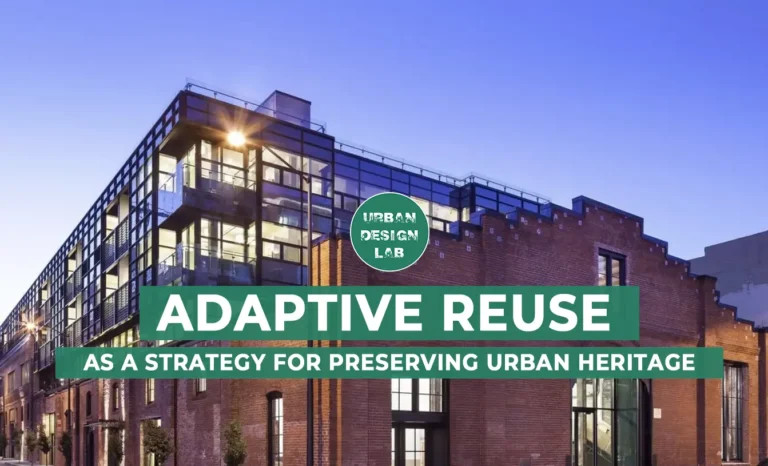
What Is Urban Conservation?
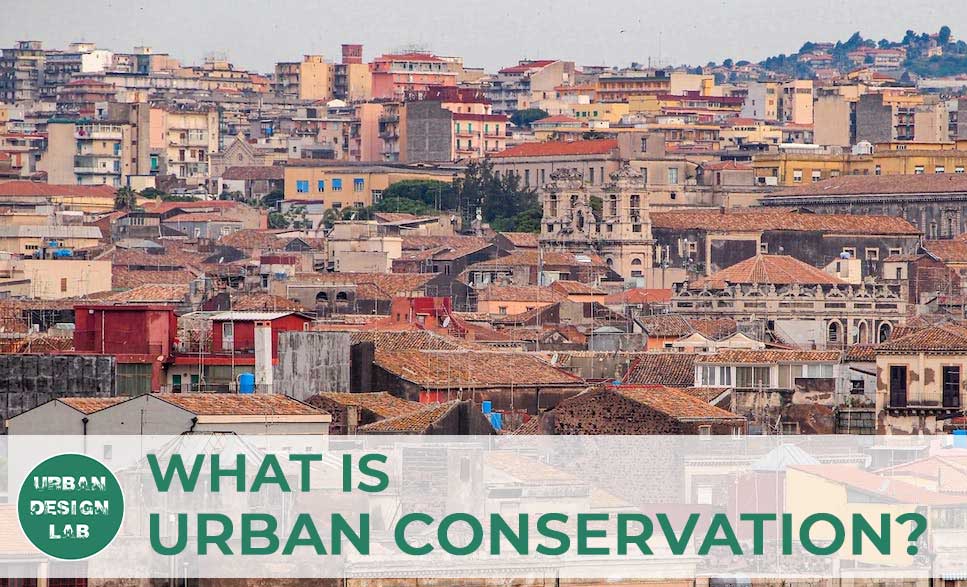
Urban conservation refers to the preservation and protection of historic, cultural, and architectural resources in urban areas. This can include the preservation of buildings, streetscapes, and neighborhoods, as well as the protection of natural and cultural landscapes within a city. Urban conservation efforts can also include the rehabilitation and adaptive reuse of historic structures, as well as the development of policies and programs to guide new construction and development in a way that respects and enhances the character of existing urban areas.

Recognizing the value of an urban area is crucial for its conservation. It is important to identify why it needs to be conserved in order to create a plan for its preservation. Assessing the condition of an area helps determine what needs to be done in order to preserve it. After this step comes creating a plan that outlines what needs to be done in order to restore or preserve the area. The fourth part involves implementing this plan which may include repairing buildings or restoring monuments or even creating green spaces. Finally, monitoring progress ensures that all steps are being taken as intended and that any changes are made with respect for the original purpose of conservation.
Five important parts of Urban Conservation:
Urban conservation is an essential part of preserving our cities and making them more livable. It involves the preservation of historic buildings, green spaces, and other natural features in order to protect a city’s unique character and culture. Here are five important parts of urban conservation that are necessary for a successful project:
1. Historical Preservation: This involves preserving the architectural heritage of a city by restoring old buildings and monuments to their original state.
2. Green Spaces: Urban conservation also includes creating green spaces such as parks, gardens, and open areas for people to enjoy nature in the city.
3. Sustainable Development: Sustainable development is key for any urban conservation project as it ensures that resources are used responsibly and with minimal environmental impact.
4. Public Engagement: Public engagement is essential for successful urban conservation projects as it allows citizens to voice their opinions on how they want their city to look like in the future.
5. Adaptation: In the context of urban conservation, adaptation refers to the process of modifying or altering an existing historic building or structure in order to make it suitable for a new use or purpose, while still preserving its historic character and significance.
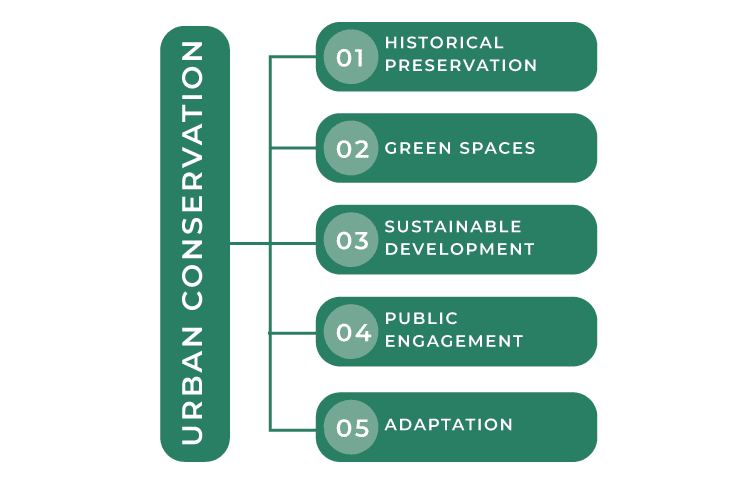
Built heritage and Urban Conservation:
Built heritage, also known as architectural heritage or built environment, refers to the physical structures and elements that make up the built environment of a city or region. This includes buildings, monuments, bridges, streetscapes, and other man-made features that are considered to have cultural, historical, architectural, or other forms of significance.
In the context of urban conservation, built heritage refers to the preservation and protection of historic, cultural, and architectural resources in urban areas. This can include the preservation of individual buildings, entire neighborhoods, and other areas of cultural or architectural significance.
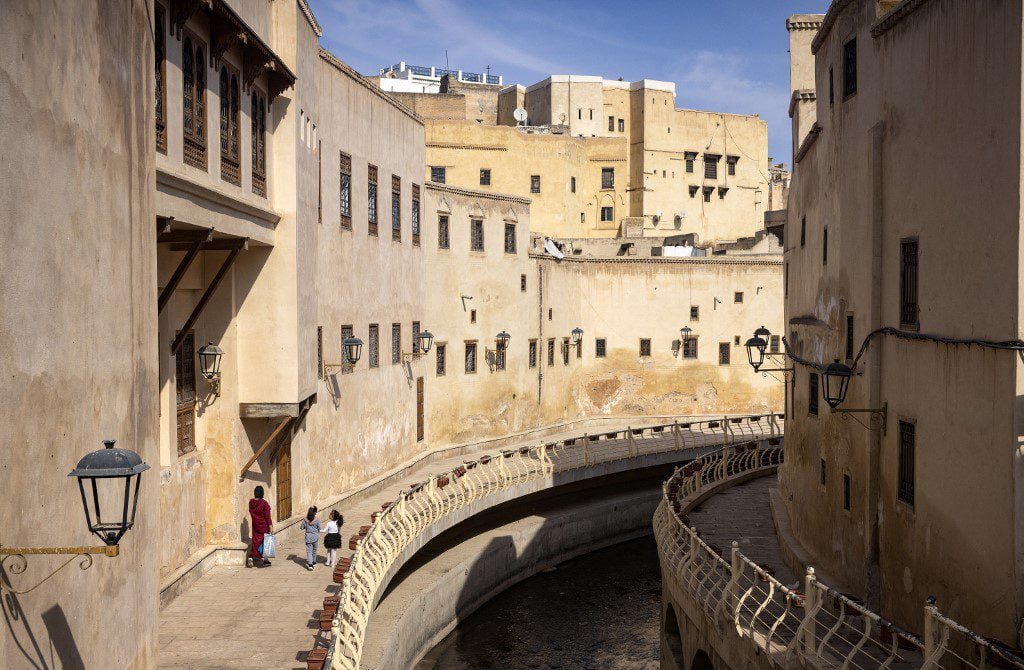
Types of built heritage:
Built heritage can be divided into two categories: vernacular and monumental.
Vernacular heritage consists of everyday buildings such as houses, barns and other structures that are associated with traditional ways of life. Monumental heritage is made up of large-scale structures such as castles, cathedrals and palaces which are usually associated with important historical figures or events.
Both types of built heritage provide us with a unique insight into our past and help to shape our understanding of the world around us.
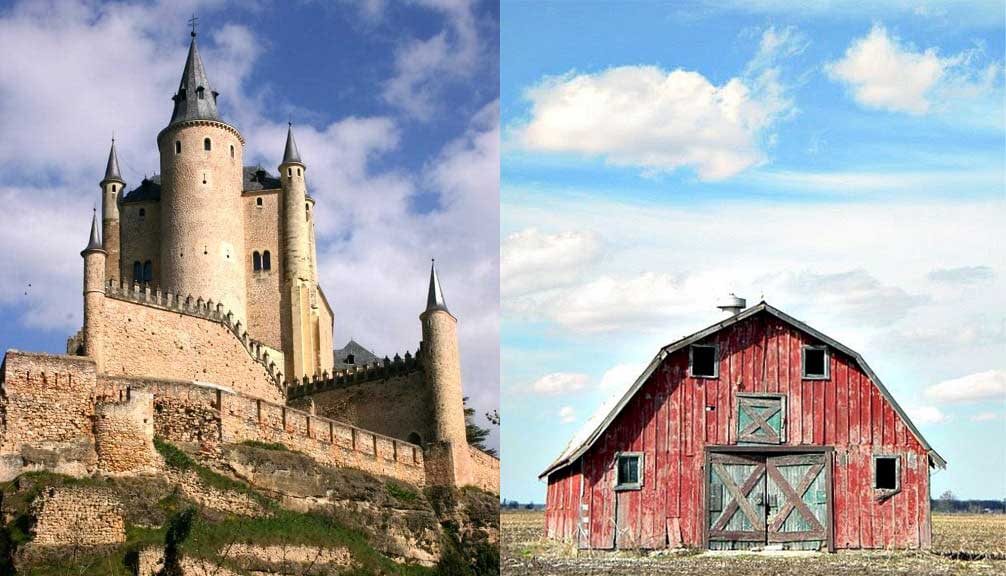
Need of urban conservation
There are several reasons why urban conservation is important:
1.
1. Cultural and historical preservation: Urban conservation helps to preserve the cultural and historical heritage of a city, allowing future generations to learn about and appreciate the city’s past.
2. Economic benefits: Historic buildings and neighborhoods can be a major tourist attraction, and can also attract businesses and residents to the area, leading to economic revitalization.
3. Environmental benefits: By preserving and reusing existing buildings, urban conservation can help to reduce the environmental impact of new construction, such as the use of resources and the generation of waste.
4. Social benefits: Urban conservation can help to create a sense of community and identity by preserving the unique character and charm of a neighborhood.
5. Sustainability: Adaptive reuse of buildings can make them more energy efficient and sustainable, which will help the cities to be more resilient to climate change and other environmental challenges.
6. Diversify the housing stock: Urban conservation can make sure that the housing stock of a city is diverse and inclusive, with different types of housing for different income levels and lifestyles.
Urban Conservation & Masterplans:
Urban conservation is a vital element of any city’s master plan. It is the process of preserving and protecting existing urban areas, while also promoting sustainable development and growth. A comprehensive master plan for urban conservation must include the preservation of existing buildings, green spaces, and other elements that make up a city’s unique character. Additionally, it should also include strategies to improve air quality, reduce energy consumption, promote public transportation and cycling infrastructure, and provide access to open spaces. By implementing a well-thought-out plan for urban conservation, cities can ensure their sustainability in the future.
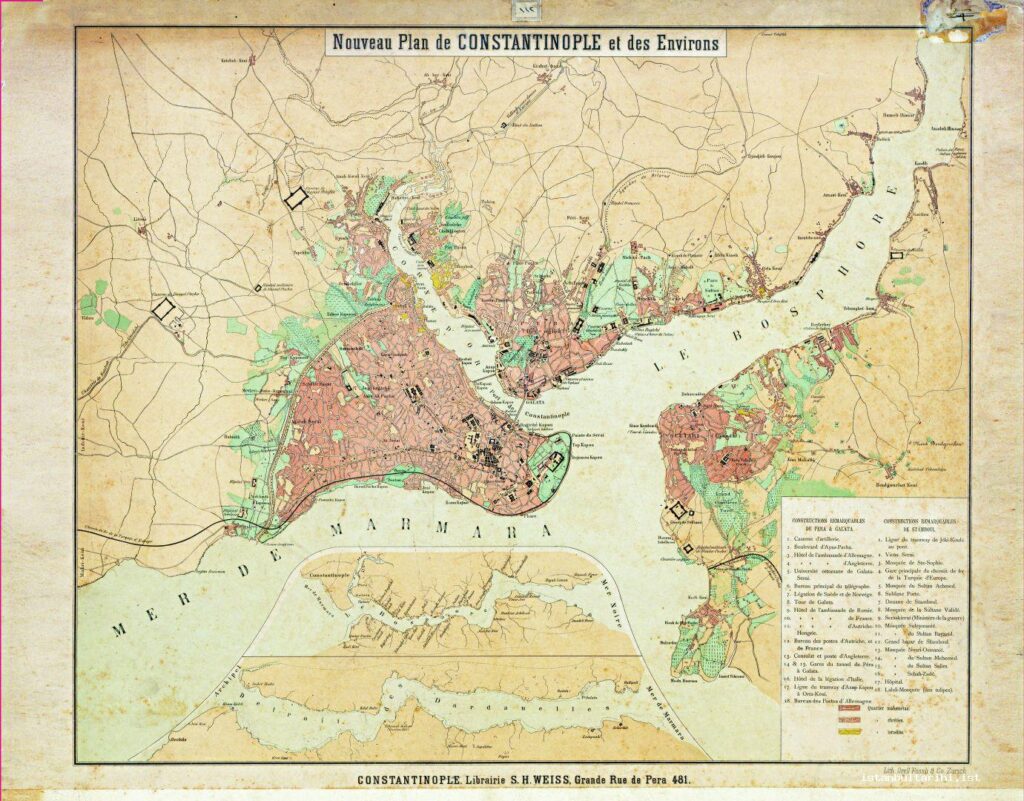
What are the past and present trends in Urban Conservation?
Past trends in urban conservation have generally focused on the preservation of individual historic buildings and landmarks, as well as the creation of historic districts and preservation zones. These efforts were often led by government agencies and non-profit organizations, and were focused on protecting the built heritage of a city by designating certain areas or structures as officially protected.
More recent trends in urban conservation have shifted towards a more holistic and integrated approach, which recognizes the interconnectedness of the built environment and the importance of preserving the overall character and sense of place of a city or region. This approach focuses on the preservation of entire neighborhoods and districts, rather than just individual buildings.
One of the major trends in urban conservation is the concept of “Adaptive Reuse” which focuses on the repurposing of historic buildings for new uses, while still preserving their historic character and significance. This approach can help to revitalize older neighborhoods, create affordable housing, and promote sustainable development.
Another trend is the “Conservation Management Plan” which is a comprehensive strategy for the management and preservation of built heritage. It’s a tool that provides guidance on how to conserve, adapt, and use built heritage in a sustainable way.
The integration of new technologies, such as building information modeling (BIM) and digital documentation, is also becoming increasingly common in urban conservation efforts. These tools can help to better understand and document the condition of historic buildings, and to plan and carry out conservation and restoration work.
Finally, there is an increasing emphasis on community engagement and participation in urban conservation efforts. This can help to ensure that the needs and priorities of local residents are taken into account in the planning and implementation of conservation projects, and can also help to build support and buy-in for conservation efforts.
Urban conservation examples around the world:
Here are a few examples of urban conservation case studies around the world:
1. The restoration of the historic center of Quito, Ecuador
The UNESCO designated Old Town of Quito was in danger of being lost due to urbanization and neglect. In the 1960s, the government of Ecuador began a restoration program that included the reconstruction of colonial-era buildings, the creation of public spaces, and the promotion of cultural tourism. The program was successful in preserving the historic center and revitalizing the local economy.

2. The redevelopment of the Gasometer in Vienna, Austria -
The Gasometer was a large industrial gas holder built in the late 19th century. After the gas holder was decommissioned, the city of Vienna faced the challenge of finding a new use for the massive structure. Instead of demolishing it, the city decided to convert it into apartments, offices, and cultural spaces. The redevelopment of the Gasometer has become a model for adaptive reuse of industrial heritage.

3. The regeneration of the Battersea Power Station in London, UK -
Battersea Power Station was a coal-fired power station that operated from the 1930s to the 1980s. After it closed, the building was left abandoned for decades. In recent years, a large-scale redevelopment project has been undertaken to convert the power station into a mixed-use development, including residential, office, and retail spaces, as well as a public park. The project aims to preserve the historic building while also promoting sustainable urban development.
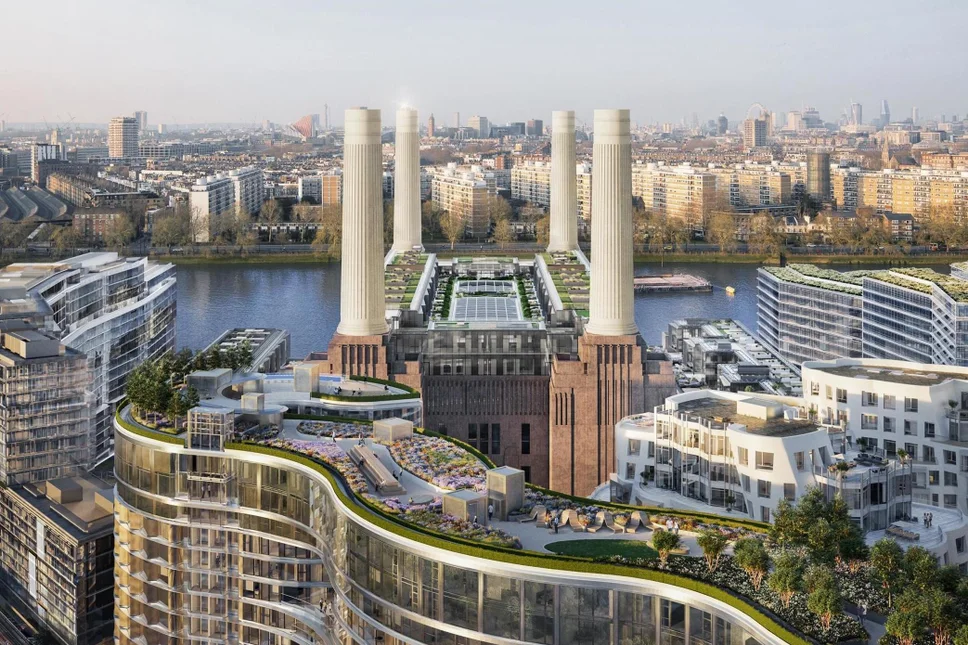
4. The revitalization of the El Born neighborhood in Barcelona, Spain -
El Born is a historic neighborhood in the center of Barcelona that had been in decline for many years. In the 2000s, the city government began a revitalization program that included the restoration of historic buildings, the creation of public spaces, and the promotion of local businesses. The program has been successful in attracting tourists and residents back to the neighborhood, revitalizing the local economy and preserving the cultural heritage.
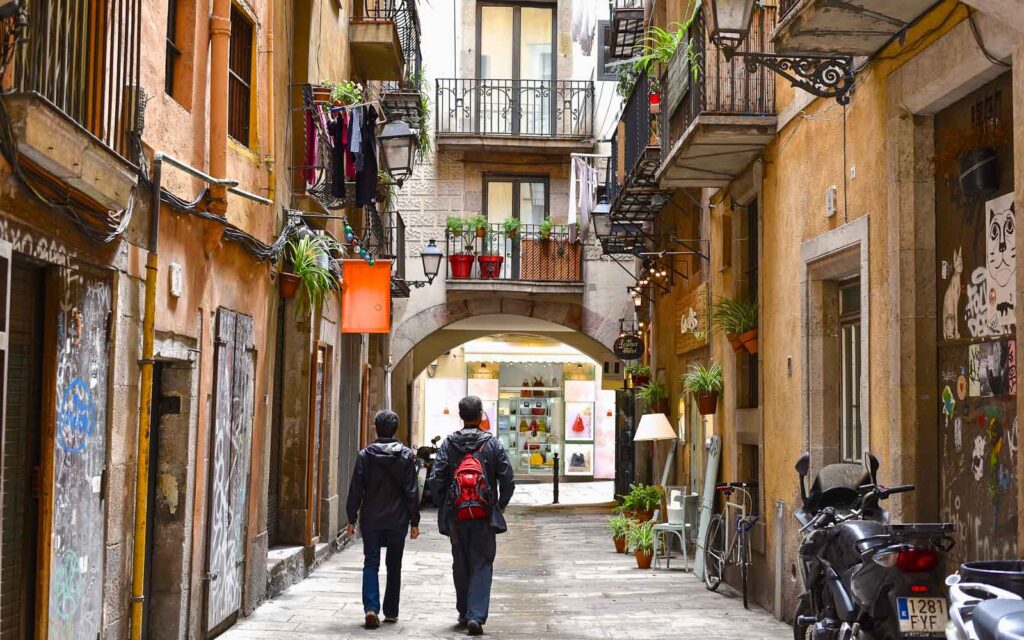
5. The preservation of the historic city of Yazd, Iran
Yazd is an ancient city that has been continuously inhabited for more than 2,500 years. The city is known for its traditional architecture and its use of underground qanats (water channels) for irrigation. In the 1970s, the city government began a preservation program that included the restoration of historic buildings, the creation of public spaces, and the promotion of cultural tourism. The program has been successful in preserving the cultural heritage of the city and revitalizing the local economy.
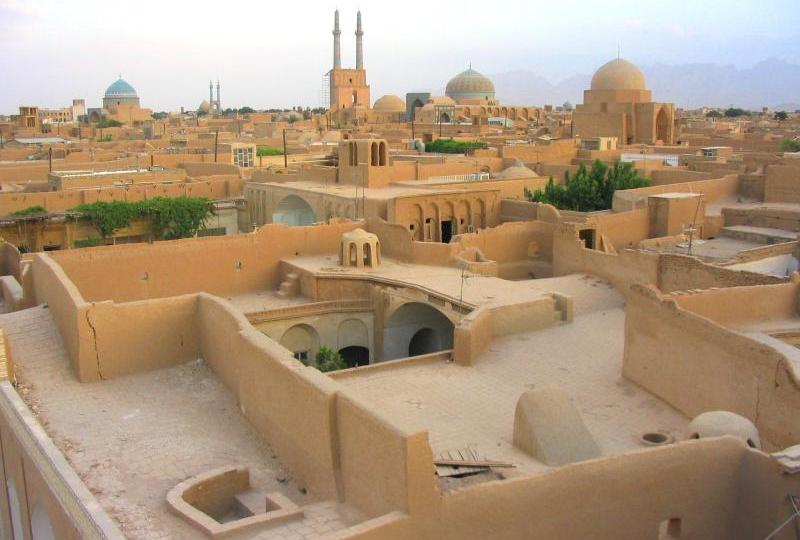

Urban Design Lab
About the Author
This is the admin account of Urban Design Lab. This account publishes articles written by team members, contributions from guest writers, and other occasional submissions. Please feel free to contact us if you have any questions or comments.
Related articles

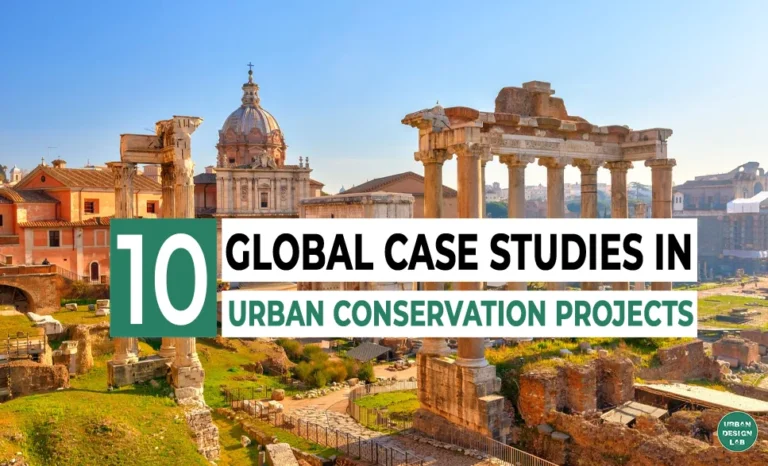
Top 10 global case studies in Urban Conservation Projects
UDL Illustrator
Masterclass
Visualising Urban and Architecture Diagrams
Session Dates
17th-18th January 2026

Urban Design Lab
Be the part of our Network
Stay updated on workshops, design tools, and calls for collaboration
Curating the best graduate thesis project globally!

Free E-Book
From thesis to Portfolio
A Guide to Convert Academic Work into a Professional Portfolio”
Recent Posts
- Article Posted:
- Article Posted:
- Article Posted:
- Article Posted:
- Article Posted:
- Article Posted:
- Article Posted:
- Article Posted:
- Article Posted:
- Article Posted:
- Article Posted:
Sign up for our Newsletter
“Let’s explore the new avenues of Urban environment together “


























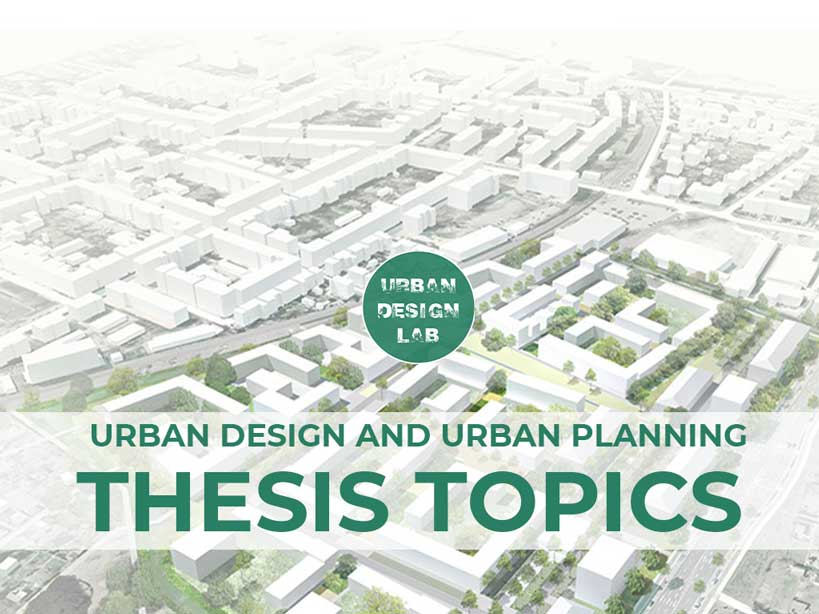



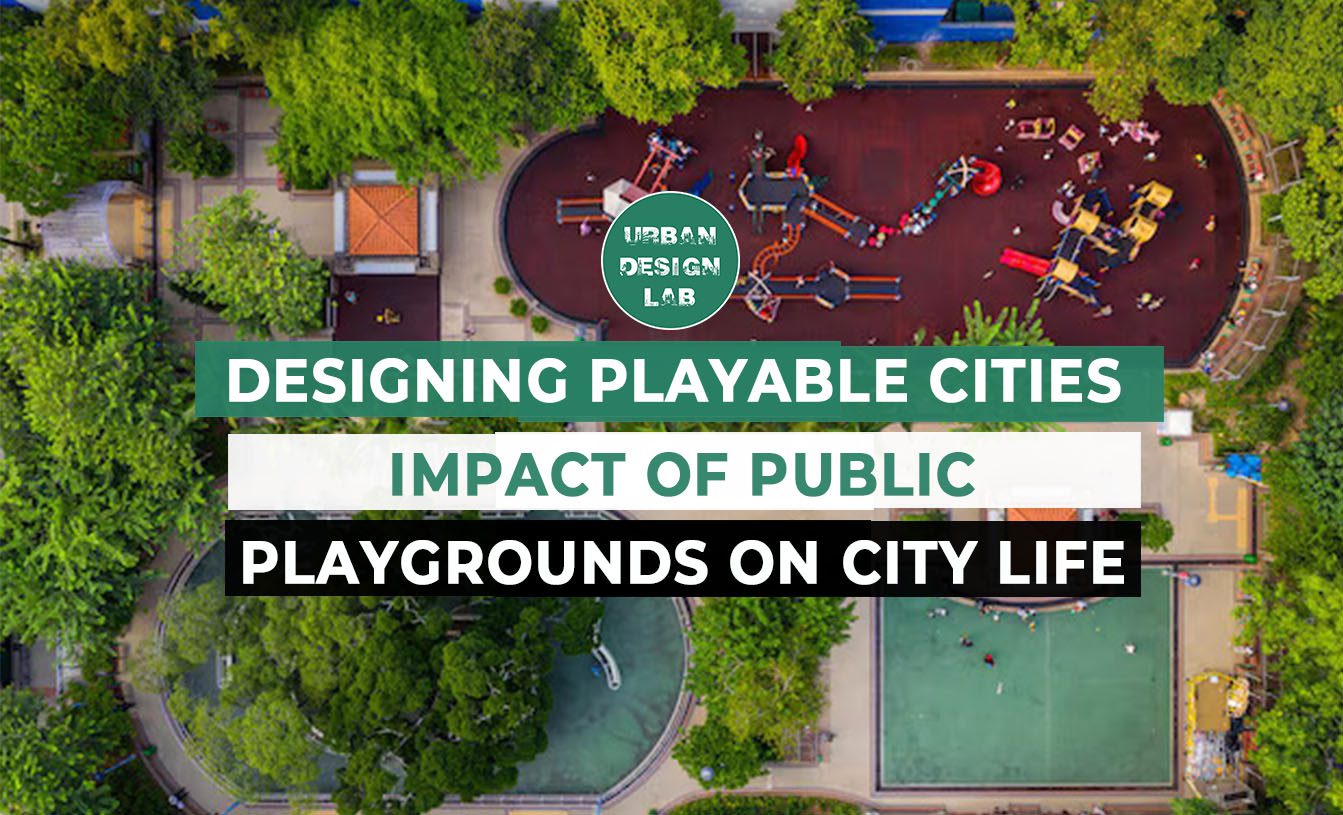
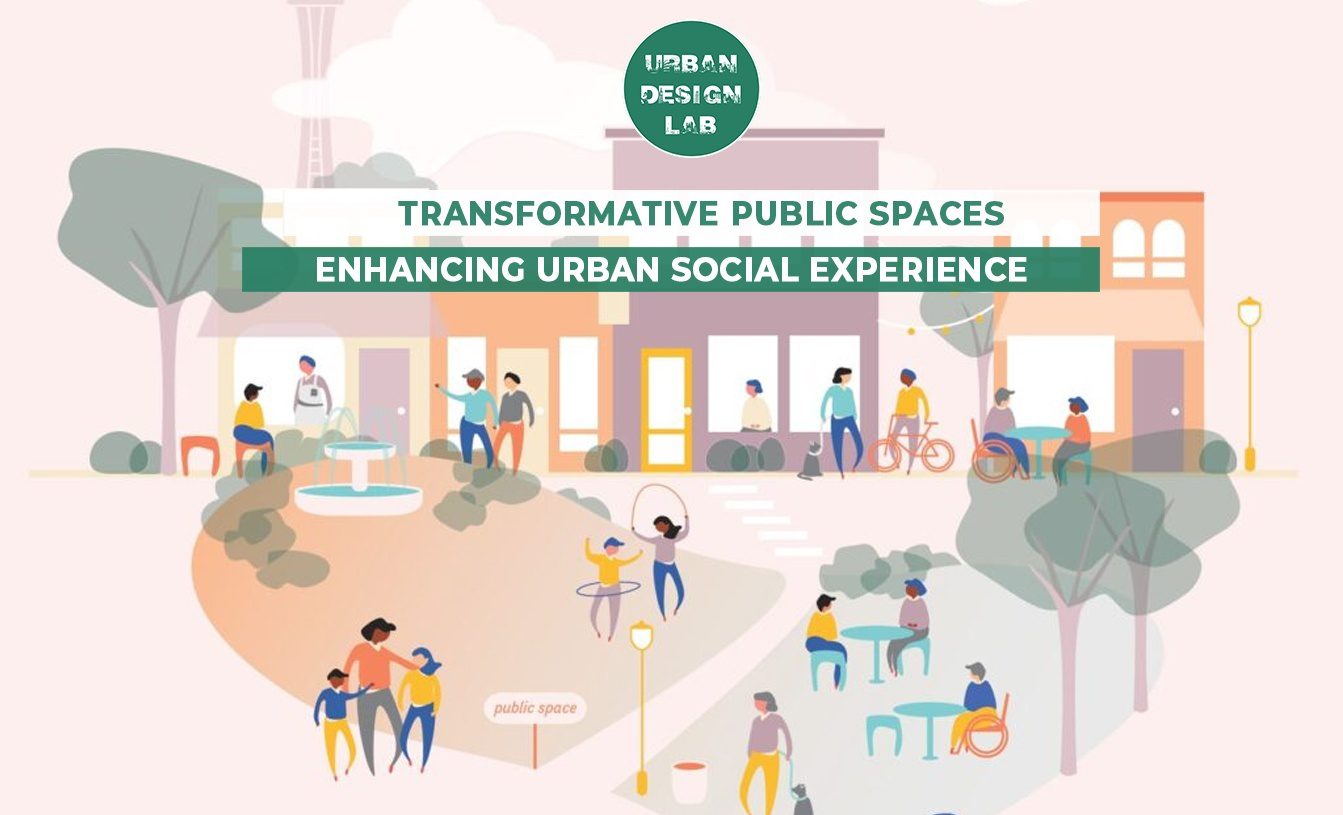
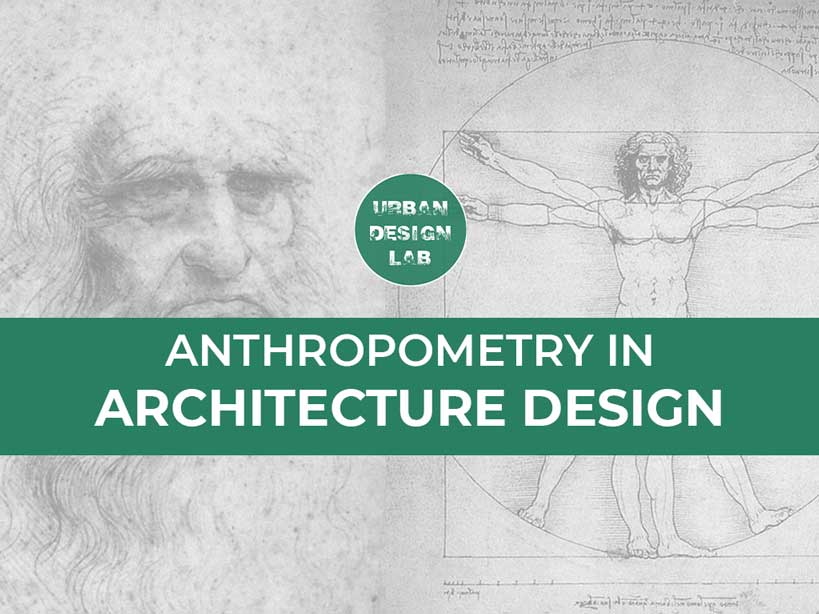
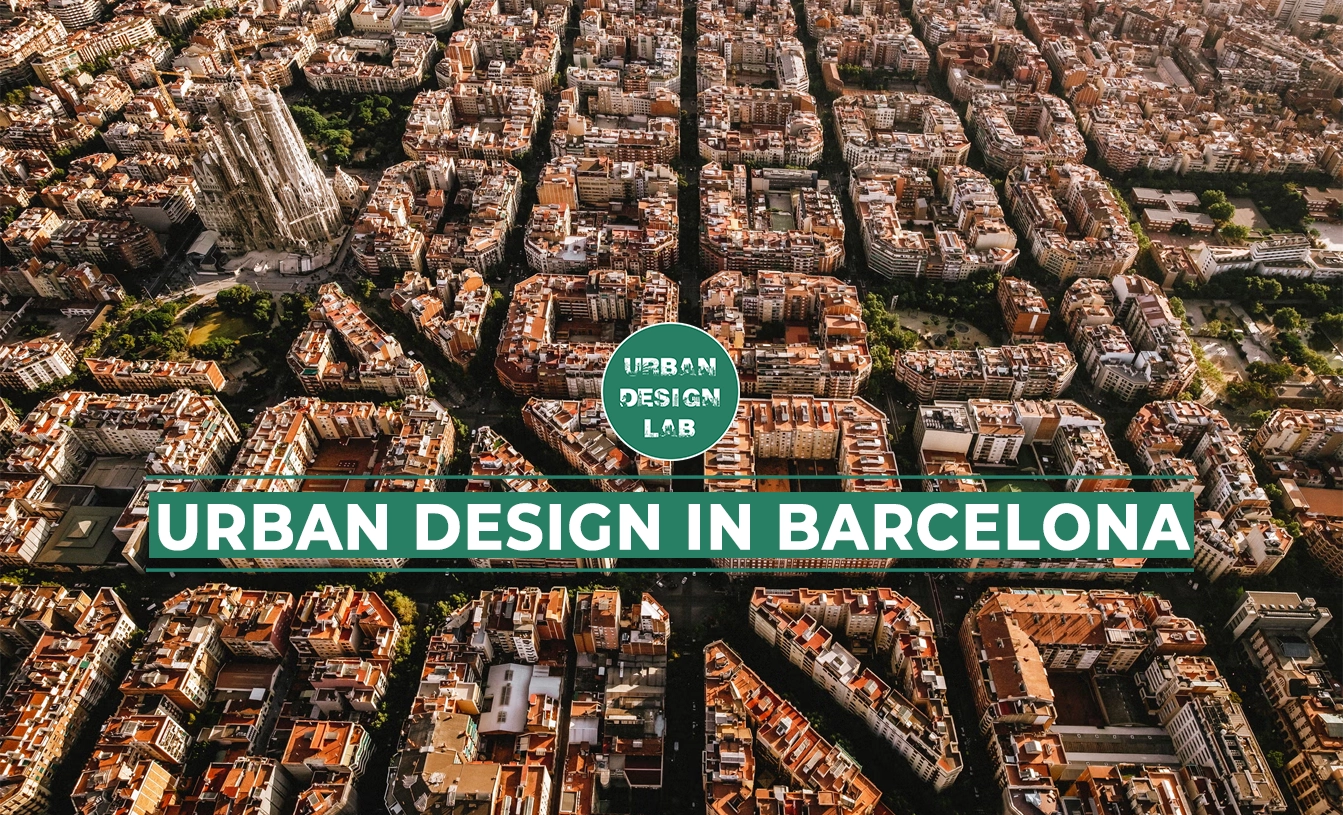
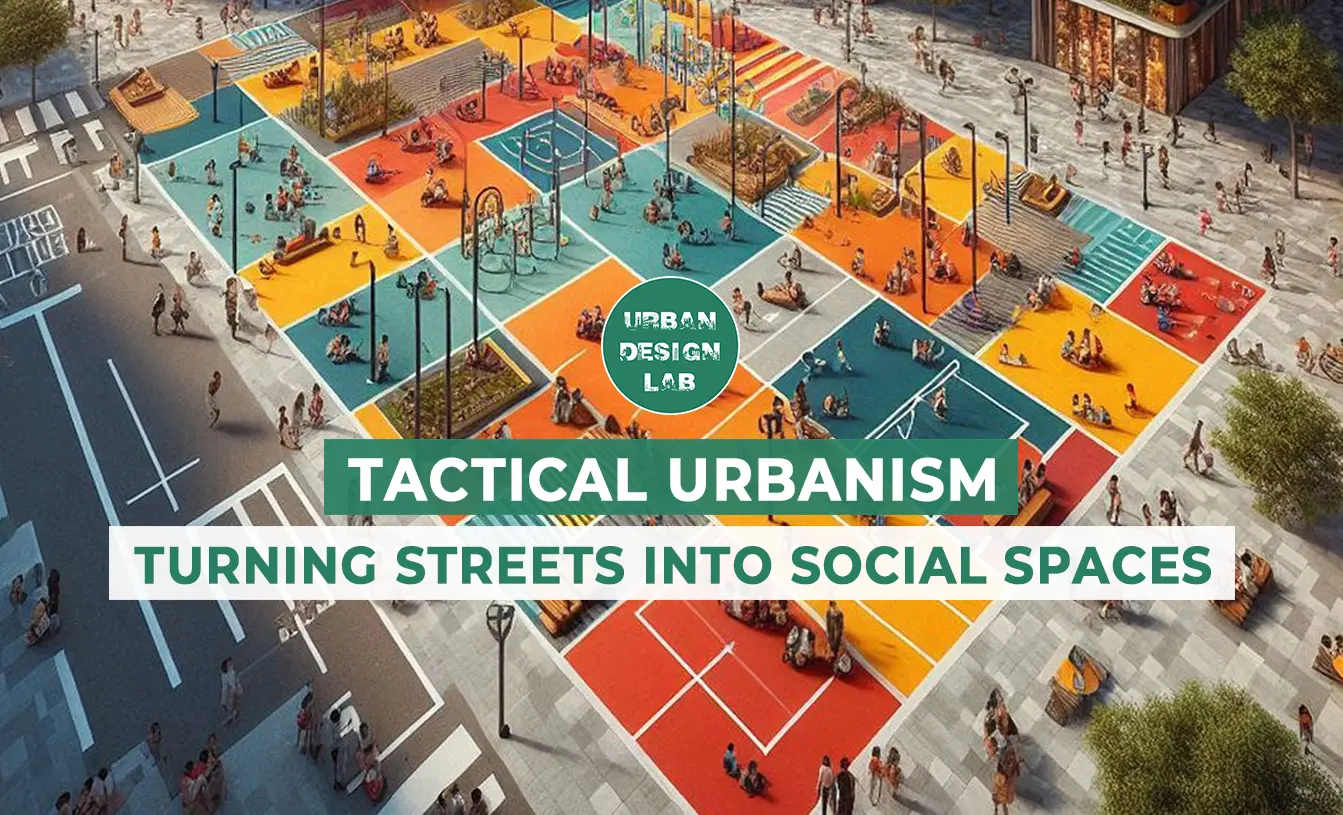


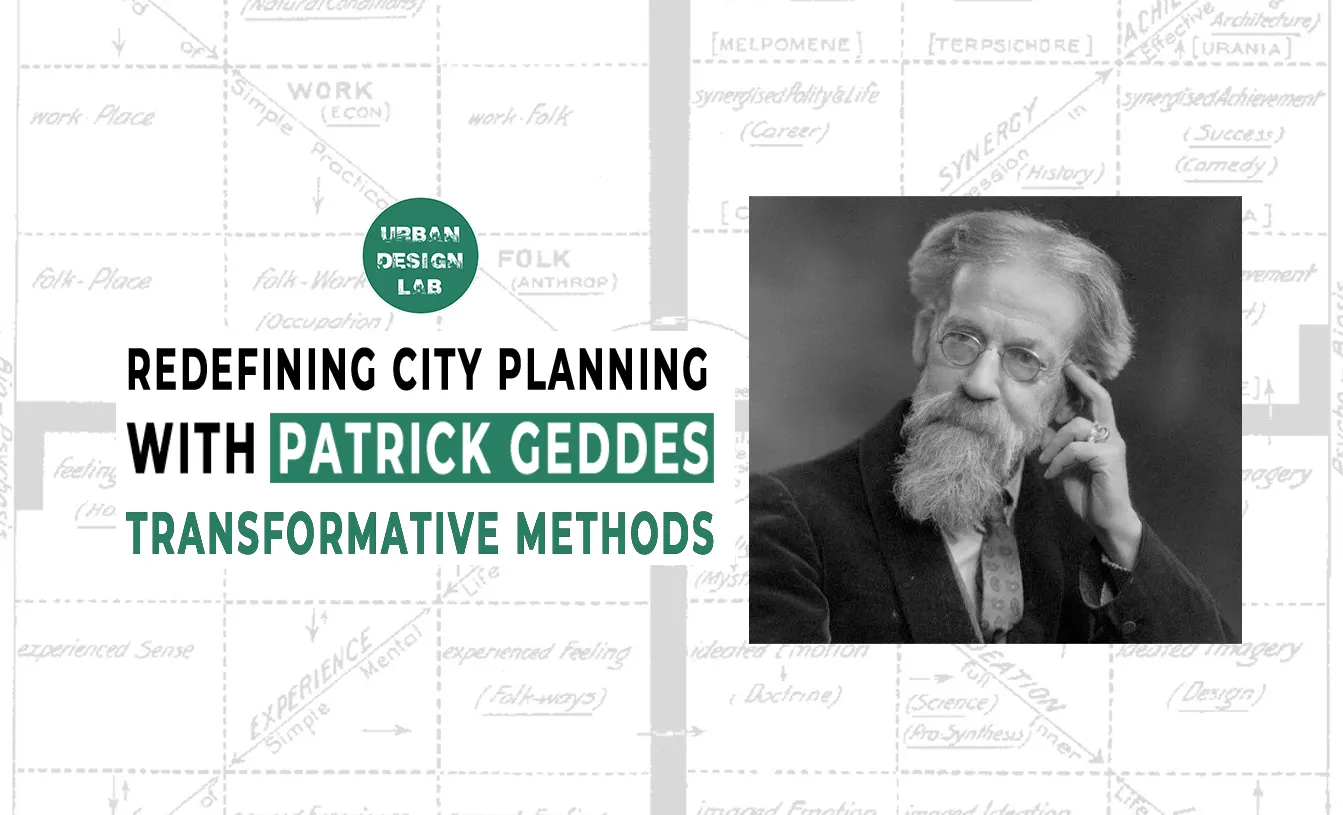
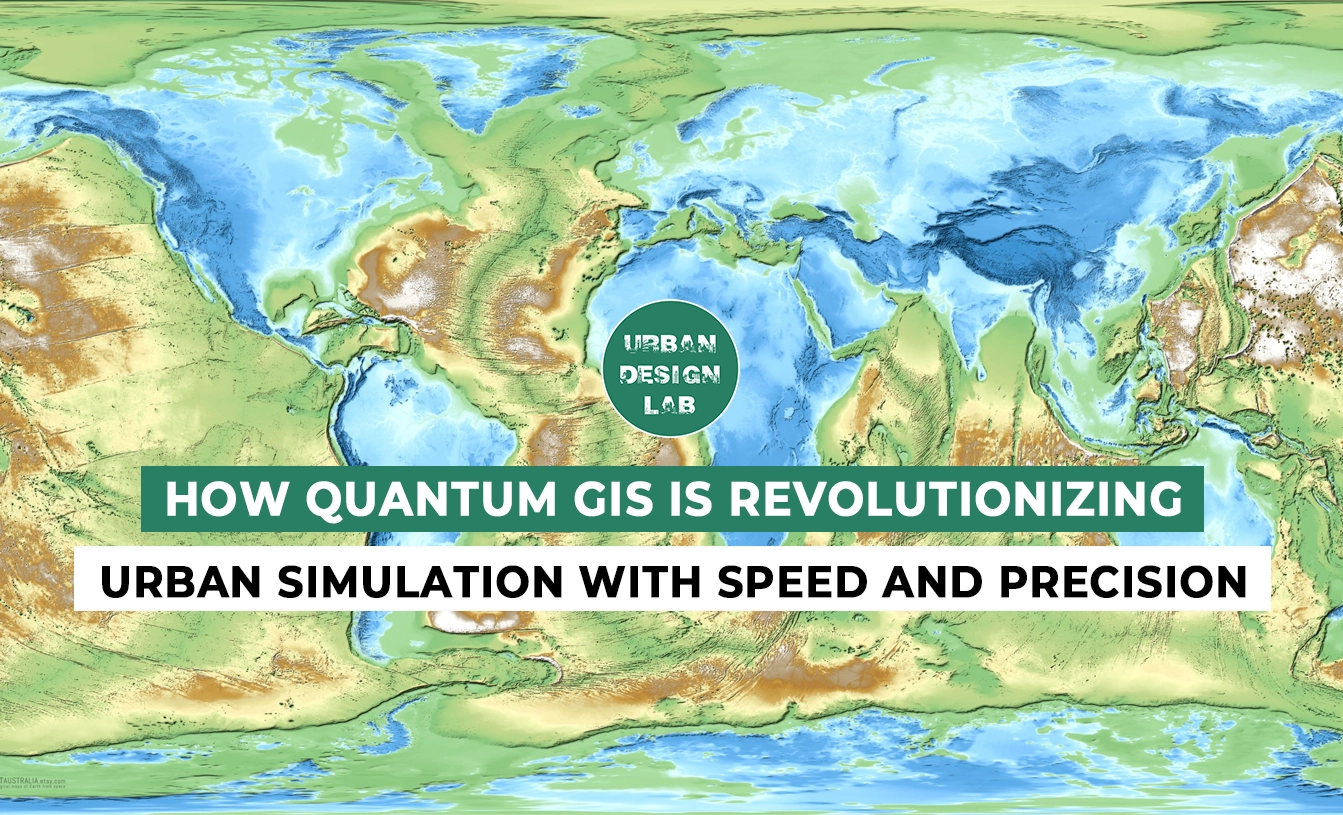
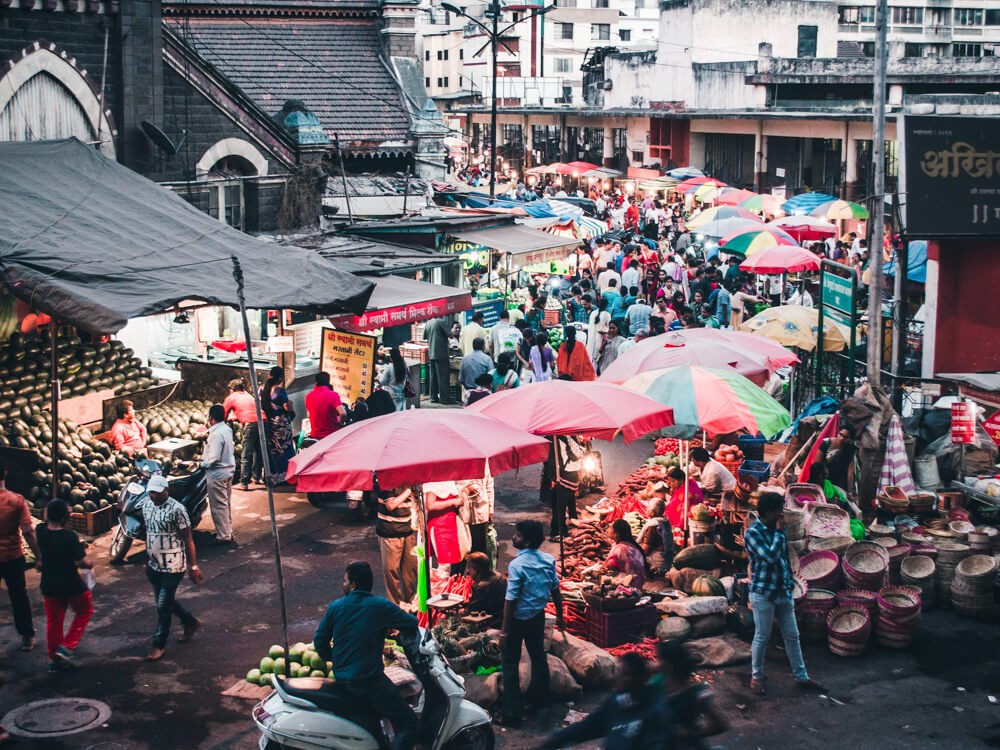
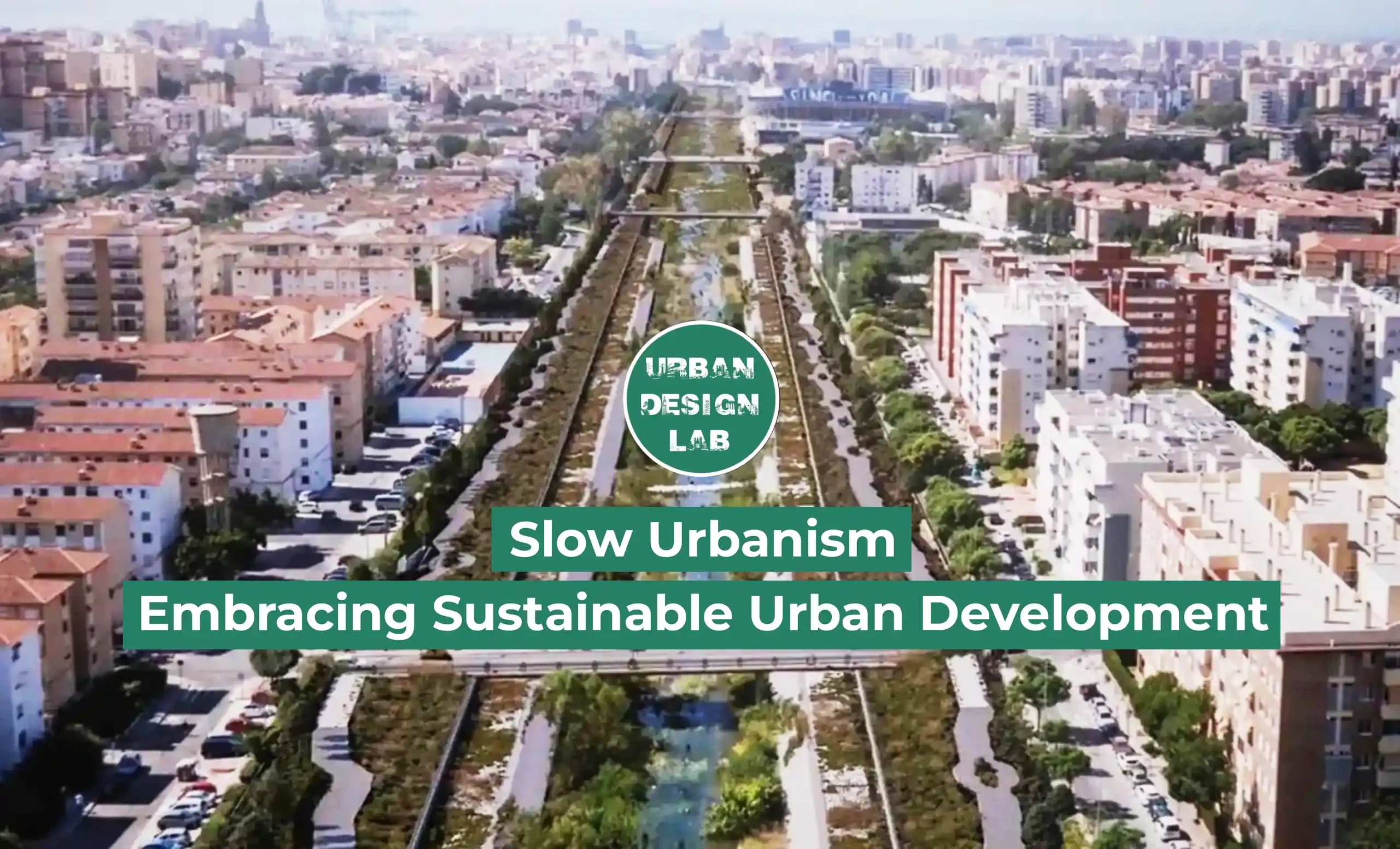
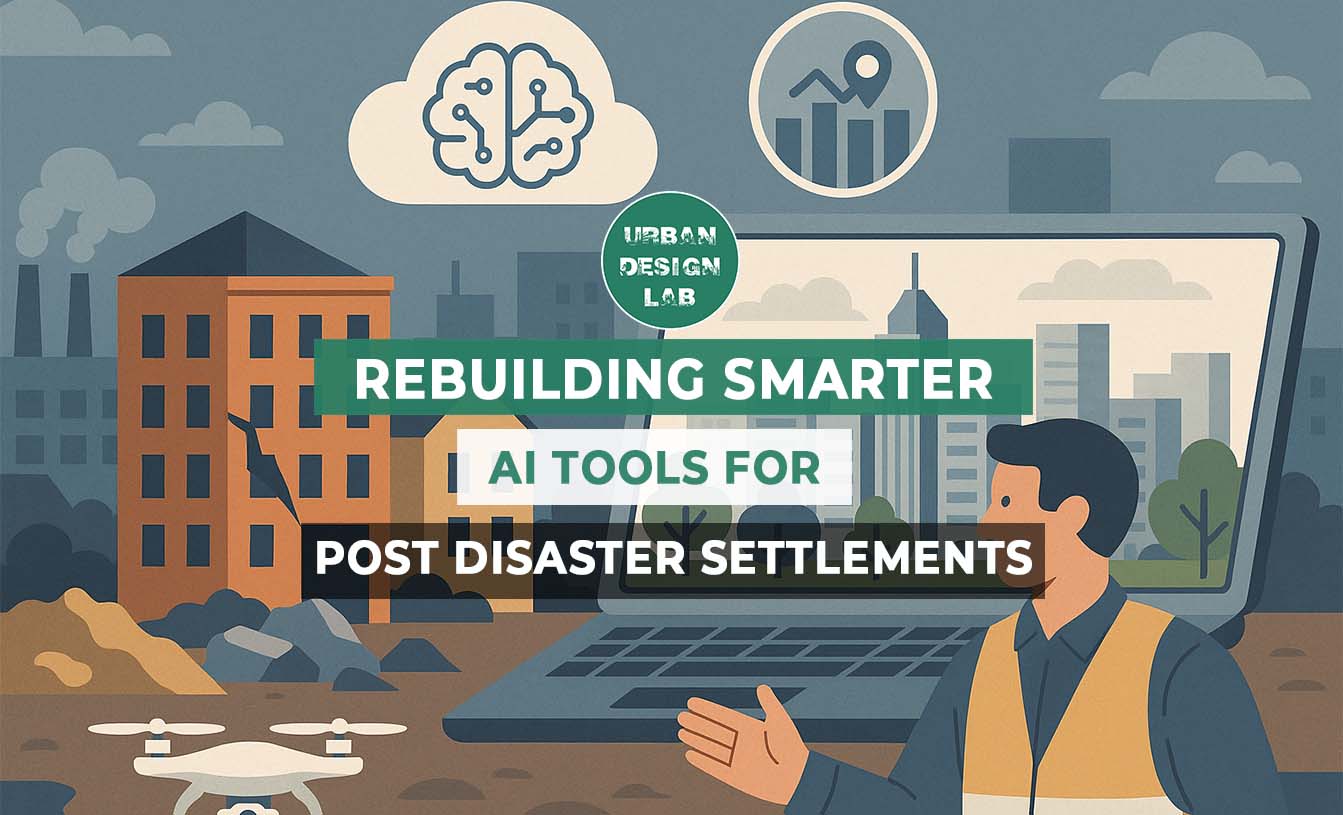


One Comment